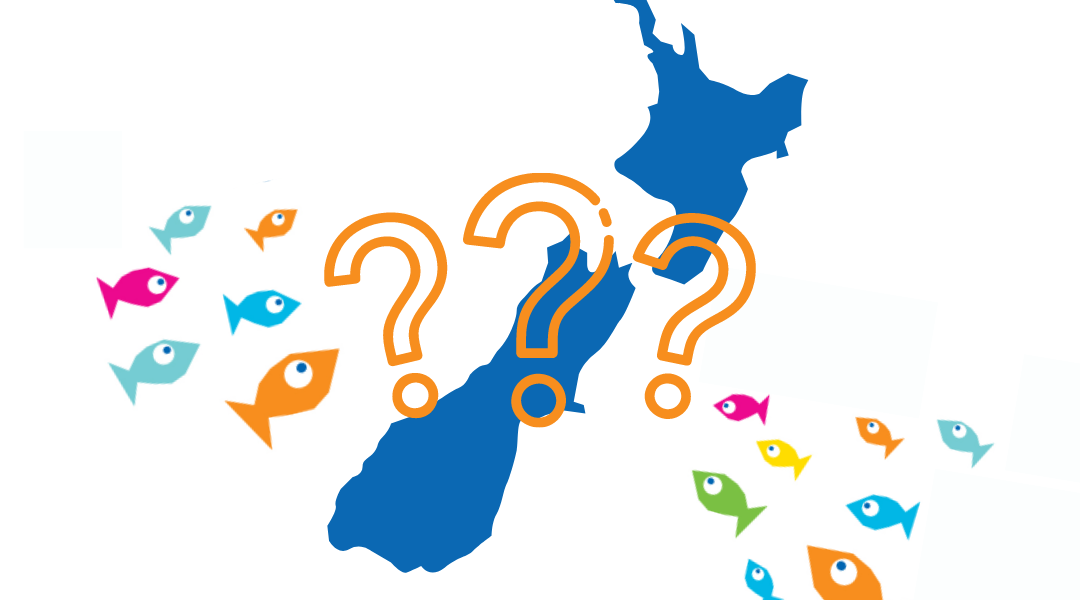
New Zealand Arrivals and Quarantine
What happens on arrival?
When you arrive by air in New Zealand, you will be screened for Covid-19 symptoms at the airport. Government officials will meet you as you disembark, explain what will be happening and answer any questions. If you have symptoms or are waiting for the results of a test, you will go to a quarantine facility. Otherwise, you will go to a managed isolation facility. Both types of facilities are hotels. You will be provided with a face mask on the plane and you must wear it from when you leave the plane until you get to your room at the facility.
Who pays for quarantine/managed isolation?
Everyone who is entering on a border exception as a critical worker will have to pay for quarantine/managed isolation. Some employers may pay the cost for the principal visa holder, or a portion of those costs. Some employers will not contribute at all. Those employers who do contribute, do not pay the cost of quarantine/managed isolation for family members.
As I am a critical worker am I exempt from quarantine/managed isolation?
Being a critical worker does not exempt you from quarantine/managed isolation. A very small number of people are eligible for an exemption from quarantine/managed isolation in New Zealand. Generally they are only granted to join unaccompanied minors or people whose medical needs require hospital-level care that cannot be managed in the accommodation provided. Any person granted an exceptional circumstance release from quarantine must still complete at least 7 days in managed isolation, have a negative Covid-19 test on day 3 and a full health assessment before they can leave. This is because of the increased public health risks that are present in the early stages of isolation. Please note that no exemption will be made if you become symptomatic with Covid-19 during the 7 day period and have been moved to a quarantine hotel. Exemptions are only made where a person meets the low risk indicators.
This information was updated on the 9th of October. Please visit the relevant government sources for the latest updates.
- October 9, 2020
- Blog, Immigration
